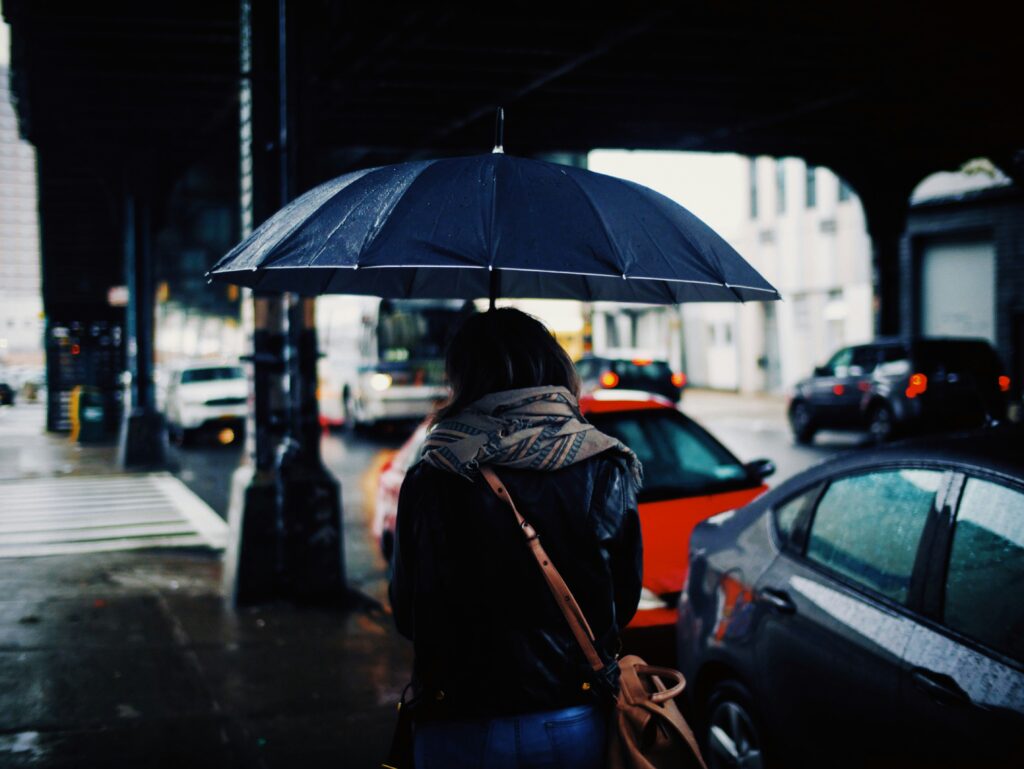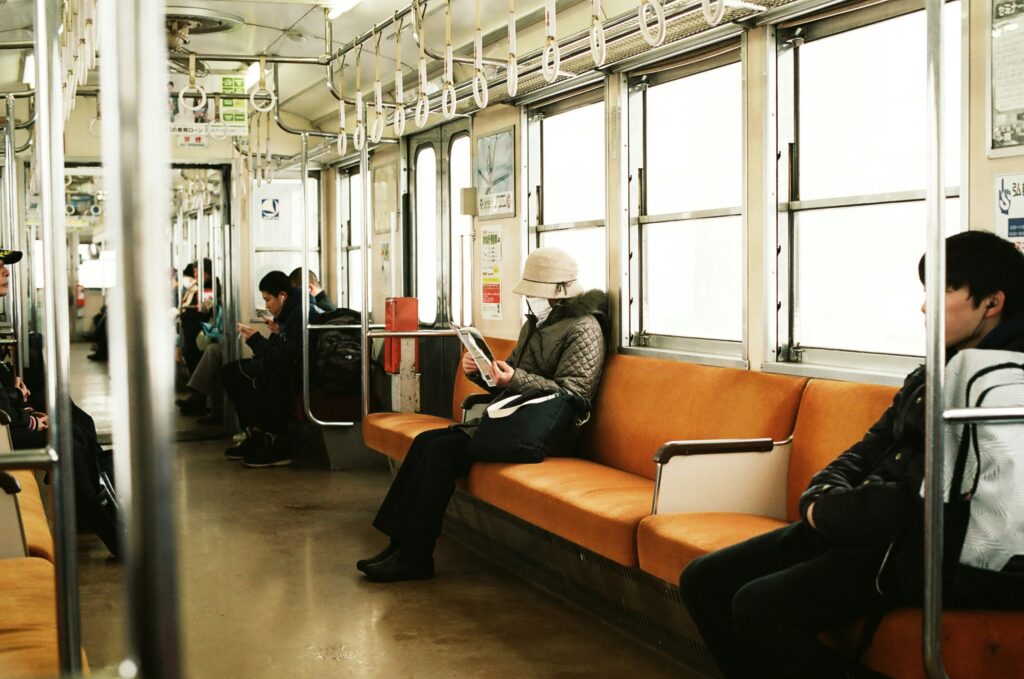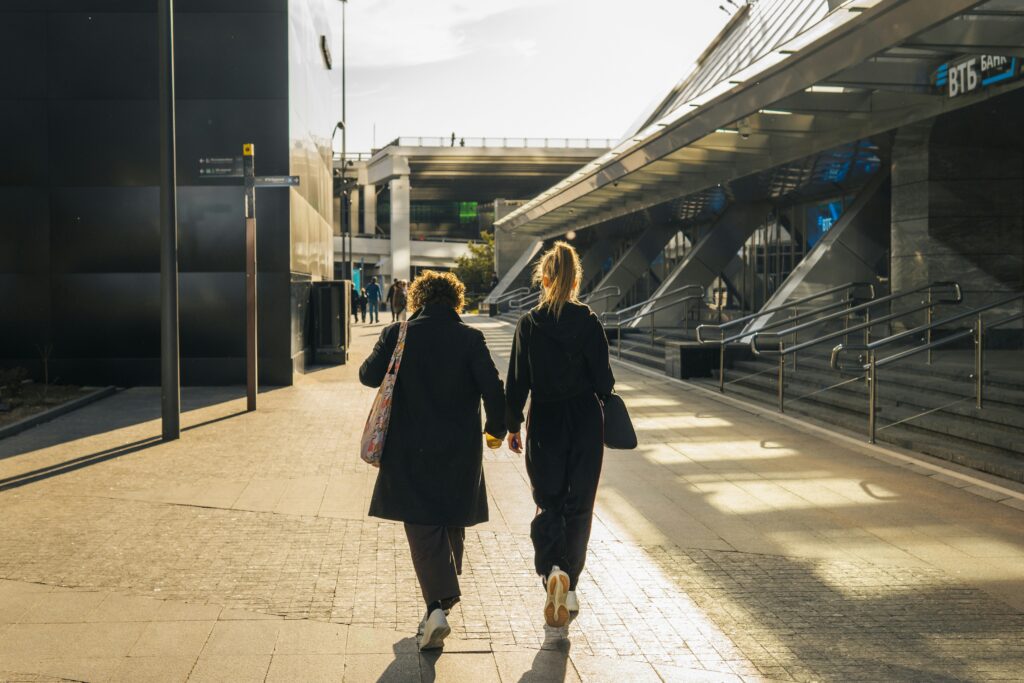Green and Clean Won’t Fix the Climate!
A worrying aspect of sustainability is that environmental ambitions often overshadow the social aspects.
There is widespread acceptance that we must make more efforts to decarbonize transport – and that the way we pump fossil fuels into vehicles to move around is simply not sustainable. But the reality is that we cannot make transport sustainable unless we do more than just make the vehicles cleaner and improve the infrastructure that they need better. Transport is more than mobility – and the two are actually rather different concepts. Transport is all about the function of how we get from point A to B, while mobility is the possibility to do so and how well and frequently we can access that possibility.
Transport is a key enabler to access to education, jobs, markets, and health services and allows people the opportunity for leisure and increased social contacts with friends and family. A better enabling policy environment, the reduction of perverse subsidies that encourage us to travel without thinking are all desirable, but as we move from a world of 7.4 billion people and 1.1 billion vehicles, we will also need to do something about the way we travel in terms of behavior and expectations and not only focus on technical improvements.
A worrying aspect of sustainability is that environmental ambitions often overshadow the social aspects. Women make up around 50% of the global population.[1] What is the connection with transport you may ask? Transport is a public good and surely a road, bridge or bus service provides equal benefit to men and women?
Power to Women
Access to safe, affordable transport plays a strong role in defining peoples’ quality of life. The contrary is also true: a lack of safe and secure transport reduces economic opportunities, reinforcing poverty and increasing inequality and social exclusion. And this is where there is a major divide between men and women. The McKinsey Global Institute estimates that if women in every country were to play an identical role to men in markets, as much as US$ 28 trillion would be added to the global economy by 2025.
Changes in demographic trends show a greater urban concentration of women-headed households, as the proportion of one‐parent households. According to the United Nations, in most countries single mothers with children have higher poverty rates than single fathers, and much higher rates than families with two parents. This may be partly due to increases in divorce, or as a result of separation or widowhood, or when children are born outside marriage.

Public transport is an essential public service, and it plays a significant role in ameliorating or exacerbating the life conditions of women, particularly those who are poor and therefore the increasing number of the urban poor who are women. It is well documented that men and women use transport differently. Typically, women make a larger number of shorter journeys at various times during the day, while men make fewer, longer trips at more set times of the day. Women all over the world rely more on public transport than men do and in much of the developing world, this is their only choice of motorized transport. The Inter-American Development Bank Transport Week in 2015 states that the split of the use of public transport is 68% women to 45% of men in Latin America for the region. However, most transport planners and decision-makers still assume that males and female needs are the same and that both can be served with the same services, or by tweaking the scheduling a bit, rather than changing well established planning methods.
No Thanks to Harassment
Research is now unveiling a number of ‘inconvenient truths’: concerns over personal security are more pronounced in women, especially girls, than in men; men are more concerned about theft, than harassment, yet a surprisingly large number of public transport users (men and women) have experienced harassment in public transport. According to the report Safe and Sound, this is a problem in many cities – from London and Paris to Delhi or Jakarta.
Another study in three Latin American cities (Quito, Ecuador; Santiago, Chile; and Buenos Aires, Argentina) entitled Ella se mueve segura looks into the more detailed aspects of the concerns women have over their personal safety and security, while travelling on public transport. By using the same approach and methodology in all three cities, the research teams were able to substantiate many observations from previous studies, but also bring in new aspects that hopefully will start to shift the current paradigm of thinking about transport provision in cities.
If women in every country were to play an identical role to men in markets, as much as US$ 28 trillion would be added to the global economy by 2025.
From this study 89% of women and 82% men in Santiago said they had either themselves experienced harassment or watched it happened to someone else. In Buenos Aires and Quito, the numbers were slightly lower. (Harassment here also includes petty crime.) Most harassment is verbal but 1 in 5 experienced physical harassment and 1 in 4 experienced what they considered ‘severe harassment’. In all cities, the majority of cases were not reported, and there was little confidence that reporting such incidents would receive either effective or sympathetic responses from official security agencies.

The teams took both a quantitative and qualitative approach, collecting data from interviews at bus stops and stations by delving deeper into a number of aspects in focus group discussions and workshops (single sex and mixed groups) to identify what is working and why, and what is not… The outputs are being put together into a tool kit that will be available in both English and Spanish from the CAF (the development bank of Latin America) and FIA Foundation web sites in October 2017 that endorse the project.
Women all over the world rely more on public transport than men do and in much of the developing world, this is their only choice of motorized transport.
One of the interesting results of the study is that not only do women have different transport needs, but they also perceive many functionalities of the transport system differently to men. How people perceive service quality and security is particularly subjective. It is well known that a woman travelling at night is risky but when does ‘night’ start? In Buenos Aires and Quito, in many women’s minds it seems to start when it gets dark; but in Sanitago travelling on the metro only becomes dangerous at ‘night’ (after 11pm) while not in the ‘evening’ (until that time). This and other aspects investigated, confirmed that there are many different perceptions about ‘safe travel’ and how this is interpreted, and this varies between modes as well as at different times of the day. The lack of disaggregated data available or used at city or national level was stark and participatory workshops provided interesting results. It is clear that local women also had most of the solutions at hand – so including them in early planning stages is highly recommended.
Some conclusions really stood out as well from the initial results, notably that harassment on public transport happens on a daily basis and the majority of incidents are not reported. Most of the time neither the victim nor those that may see an incident are sure how to respond or who to report it to. Therefore, it does not feature on many statistical analyses and it is only when it reaches the extent of being a criminal offence such as theft, physical violence or rape does it become a statistic.
Secondly, harassment happens to everyone but women and girls are mainly harassed by men. The majority of cases cited occurred because the proponent thought that they could get away with the act. Incidents occur at all stages of the trip not only in vehicles. Low income women were found to be particularly at risk as they had fewer choices, and often did not have the money to be able to choose a less risky option. But it is clear that women worry more about it even if they have not experienced it themselves, they will take action based on hearsay about a service or route and avoid it, or in extreme cases not travel at all.
Harassment on public transport happens on a daily basis and the majority of incidents are not reported.
Lastly, the role women play in helping to change behavior, which is needed alongside technical improvements, is also underestimated. Women can act as strong agents of change but the risks of not considering their needs in how transport is developed are also high. A number of studies have shown that women are more likely than men to choose a transport mode, if they feel that it is more environmentally friendly. Expanding public transport is a transition strategy to move to less carbon intensive modes of mobility.

If women perceive public transport to be unsafe they will convey this fear to their children and close family members. This may hamper a broader shift in the next generation to sustainable modes, and also restricts more women entering the economy, impeding rather than enhancing economic growth. And as women become more empowered, there is a risk that they will shift away from being the majority user of public transport. By then it may be too late to get them back, even if we can get technology to deliver zero carbon vehicles and this will compromise how quickly we can decarbonize and shift to really safe and sustainable urban transport options.
[1] in adulthood and this increases as population ages